How do brands become so deeply ingrained in our minds that they become part of our identity and culture? For instance, you choose fashion brands that represent your personality. Some brands even become verbs we use daily in our lives, like Google. Others are a status symbol.
That's brand awareness in action.
Before a brand can sell you anything, it has to make its presence known, create a special connection, and earn people's trust. Strong brand awareness makes people more likely to try a new product or service from a familiar brand over a generic one.
Learn about brand awareness and how you can use it as a powerful tool for brand growth.
Deep Dive: What Does Brand Awareness Really Mean?
Brand awareness occurs when your target audience knows your brand's existence. But it goes beyond mere familiarity and going viral online. Proper brand awareness occurs when your target audience understands your offer, making introducing new products and services easier.
Impact and benefits: how does brand awareness affect purchase decisions?
Investing in brand awareness brings multiple benefits that can pave the way for growth.
Brand awareness reduces risk and drives up sales
A company with strong brand awareness eases doubts about product quality. Consumers will likely choose a well-known brand like Colgate over an unknown startup.
Brand awareness increases pricing power
When people trust a brand, it can command premium prices. Customers are less likely to question the value of a product if a brand is known for delivering high-quality products.
The Cognitive Influence of Brand Familiarity
An effective brand awareness strategy requires a deeper understanding of how the human mind works and responds to stimuli.
The power of repetition and exposure
The familiarity principle, the mere-exposure effect in psychology, suggests that repeated exposure to something can lead to positive or negative perceptions. The brain relaxes when recognizing something familiar, like a dear friend repeatedly recommending a product. This increases brand awareness, as the more people see or hear about a brand, the more comfortable and trusting they feel.
Building this familiarity requires consistent messaging across the proper channels—not bombarding people with ads everywhere—and leveraging trusted voices, like influencers and advocates. Repetition and strategic exposure go hand in hand.
Emotional associations and brand recall
Emotional association is also a powerful way to boost brand recall. Triggering the right positive emotions that people connect with can create meaningful connections with your brand. These emotional associations also help people remember brands easily.
Red Bull built its brand around energy, adventure, and death-defying experiences. It has tapped into the adrenaline and boldness in its brand awareness strategies, resulting in a highly memorable brand.
What are the Stages of Brand Awareness?
Now, let’s zoom out and trace how a simple exposure turns into brand awareness.
Stage 1: initial awareness
At this stage, the target audience is first exposed to the brand through ads, products, or marketing, but is not yet entirely familiar with it. Gaining initial exposure is the first step in building brand awareness.
Stage 2: brand recognition
People are starting to recognize your brand through visual cues, like your name, logo, packaging, or colors. Think of McDonald's famous golden arches, which children easily identify. This is where brand visuals and auditory prompts are valuable in aiding brand recognition and recall.
Stage 3: brand recall
Next is brand recall, when the audience starts remembering the brand without help, indicating positive brand perception. Consistent messaging and marketing drive unaided brand recall.
Stage 4: top-of-mind
Top-of-mind awareness is achieved when the brand becomes the first choice of people in its product category. If a friend asks for a shampoo suggestion, you might say "Head & Shoulders" without showing the brand's logo or name.
Achieving top-of-mind status requires long-term branding, marketing investments, and consistently exceeding customer expectations.
Finally, with strong recall and trust for the brand, it becomes the preferred choice among consumers, leading to intentional purchases. For example, graphic designers would swear by Apple for its high-quality laptops. Through decades of innovation and marketing, it has cultivated a strong familiarity and trust, making it a preferred brand in its category.
Brand Awareness Elements: The Secret Behind a Memorable Brand
While every brand is unique, memorable ones share common elements contributing to their strong brand awareness.
Strong visual identity and consistent messaging
First impressions are crucial in a saturated industry. A strong visual identity can help a brand stand out and create a lasting impression.
Take Apple, whose minimalist and sleek branding is instantly recognizable even without its infamous half-eaten apple logo. The branded Space Grey color is enough to bring the brand to mind. Coca-Cola also leverages its distinct decorative font and bright red hue.
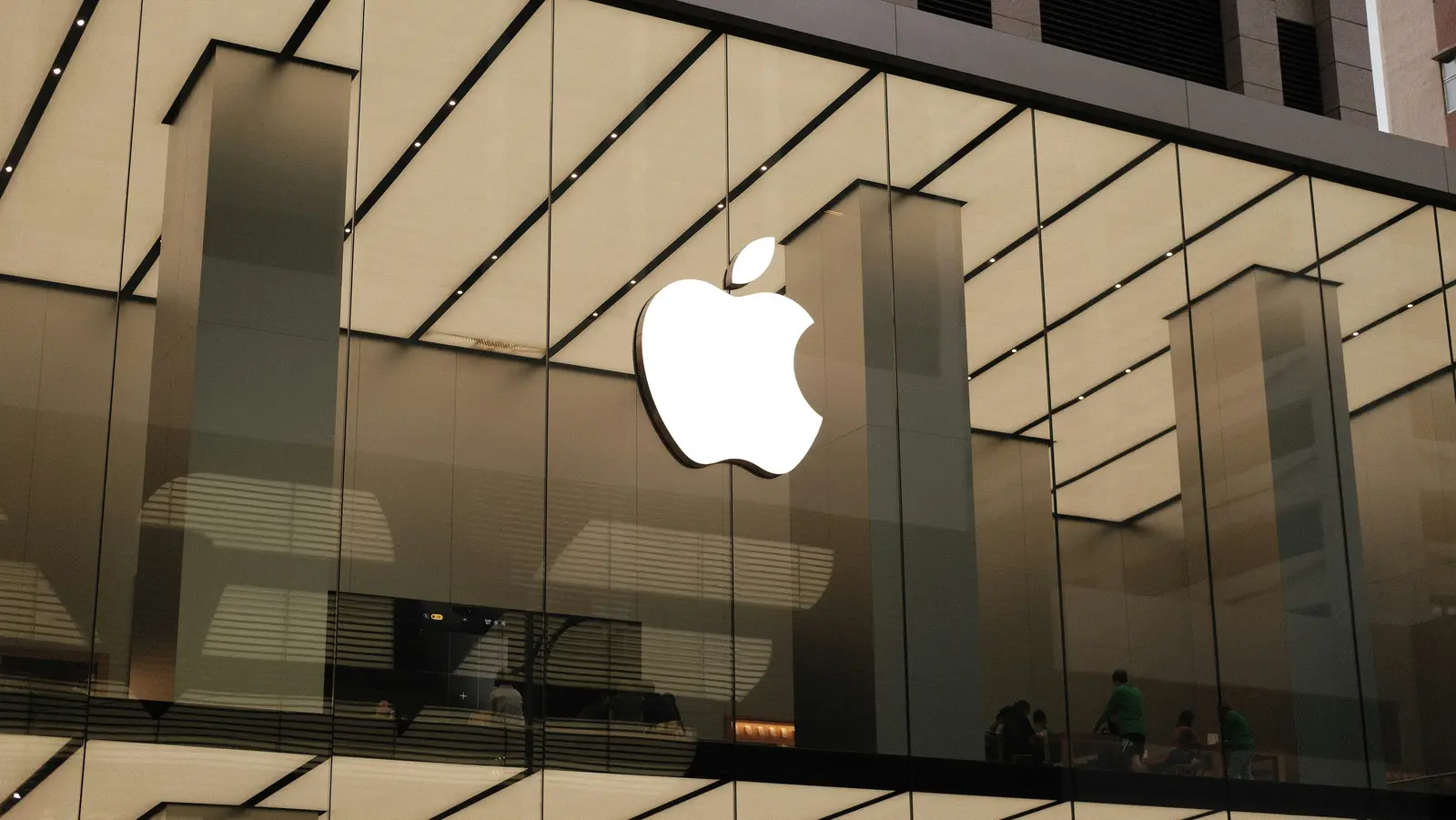
Apple’s minimalist and modern aesthetic is widely recognized. Image via Unsplash
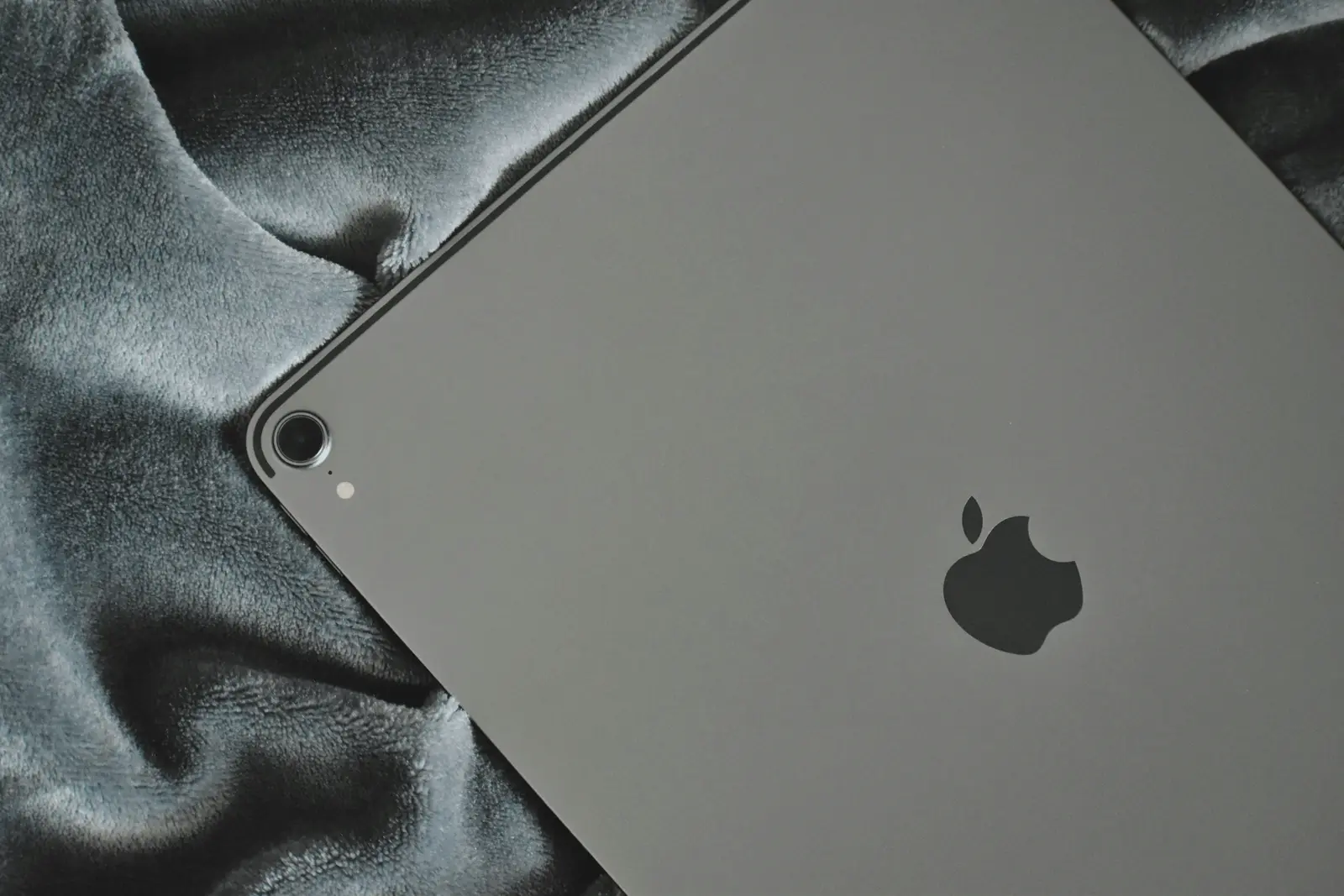
Apple’s iPad in Space Gray via Unsplash

Coca-Cola has successfully established a strong visual identity, characterized by its vibrant red color and distinctive logo font. Image via Unsplash
Beyond looks, these brands are known for consistently delivering on their core brand messages. Apple empowers people through innovative technology, encouraging them to "think different." Coca-Cola appeals to emotions, celebrating the value of happiness and the importance of lifelong relationships. These timeless visual identities and brand narratives make Apple and Coca-Cola so memorable.
Collaborating with a forward-thinking brand strategy design agency allows brands to transform creative expression into measurable strategic outcomes, strengthening both awareness and affinity.
Storytelling and emotional resonance
Experience is an excellent way to be remembered, and this can be achieved by weaving storytelling and emotional resonance. People don't buy Chanel solely because of its product quality, but for the empowerment, confidence, and status symbol their products and the brand bring. Likewise, Nike's "Just Do It" slogan and its emphasis on resilience, determination, and self-empowerment have made it a favorite brand among athletes and physically active people. Tapping into these emotional triggers leads to increased recognition and brand loyalty.
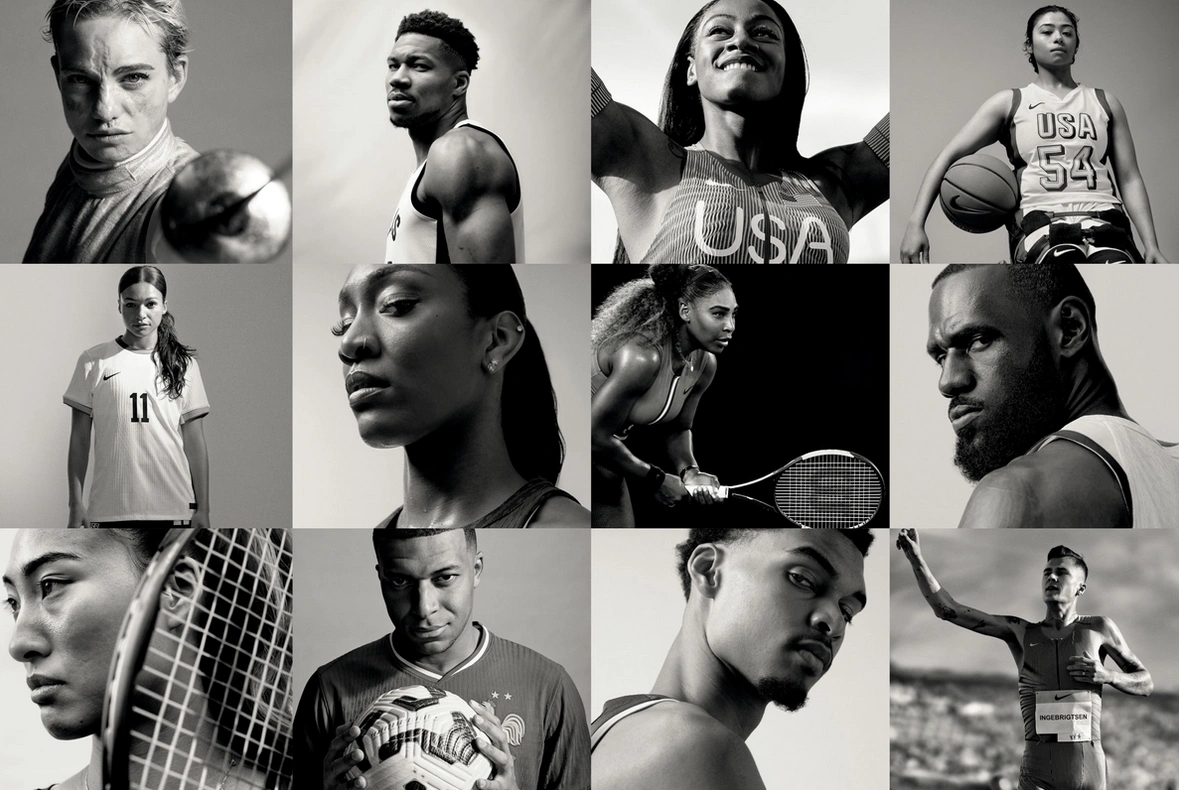
Nike partners with top athletes to boost brand awareness and inspire its audience. Image via Nike
What Channels Drive Brand Awareness Today?
Previously, brands relied on traditional channels, like TV, print, and radio, to promote their brands, hoping someone would notice. However, technology and digital platforms have given us more targeted and community-driven ways to build brand awareness. The focus has shifted from casting a wide net to cultivating engaged communities around the brand.
Social media virality and shareability
Social media’s rich user base and advanced market research tools make it a powerful and cost-effective channel for brand awareness. With viral and shareable content that resonates with your audience, you can spark curiosity and engage with people. Leveraging social media’s inherent virality is crucial for cutting through the noise and ensuring your brand remains in the minds of potential customers.
SEO strategies and SEO-friendly content
Search Engine Optimization (SEO) involves using strategic, high-traffic keywords and meta tags to enhance the visibility of your content. When your content is SEO-friendly, search engines can easily crawl through it and put it on the first page of the search results.
Some of the SEO strategies you can implement to boost awareness include:
- High-quality backlinks
- Optimizing on-page elements
- Increasing mobile responsiveness and loading speed
- Using low-tail keywords with low difficulty
Influencer marketing
Influencer marketing has evolved into a distinct industry. In fact, data from Statista shows the sector is valued at $32.55 billion. Influencers are considered subject-matter experts and social media personalities, making them more effective brand ambassadors than celebrities. Many of them share the same background and ideologies as their followers and are not as polished as celebrities, which increases their relatability.
However, choosing the right influencer to boost brand awareness is more than a numbers game. Aside from partnering with influencers with a significant following, they must share your brand's values and goals. This shows authenticity, which people, especially the younger generations, respond positively to, strengthening the bond and trust.
Word-of-mouth and organic reach
Younger millennials and Gen Zs prioritize authenticity and transparency in their decision-making. As such, many of them perceive word-of-mouth as trustworthy, as they ask recommendations from close friends and family. In effect, word-of-mouth marketing leads to a wider organic brand reach and increased brand resonance.
A successful example of word-of-mouth marketing is TOMS' One for One campaign. For every pair of shoes purchased, the brand gives another free pair to a needy child. The campaign strengthened brand awareness and built a loyal community of customers who shared the brand's values.
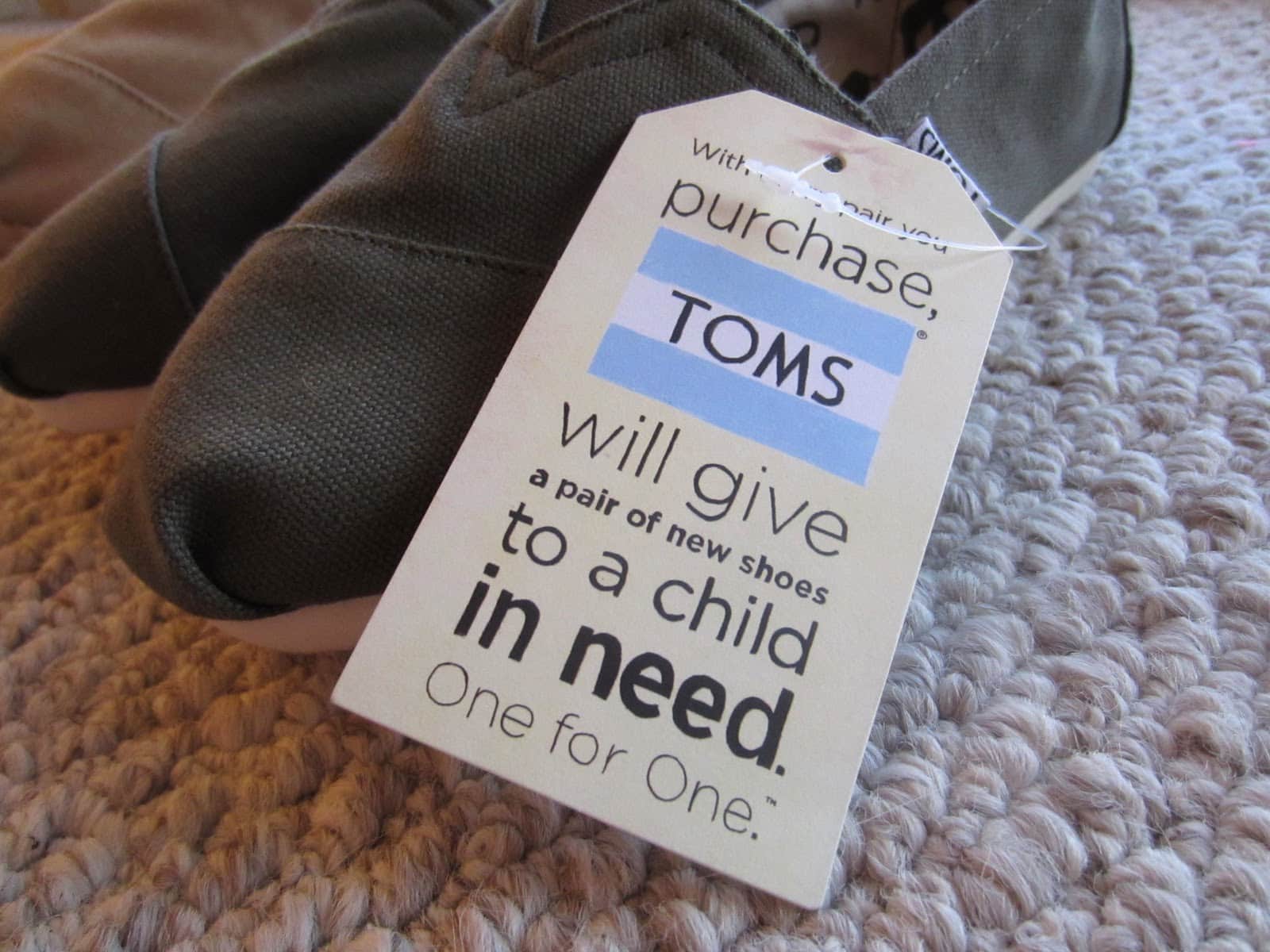
TOMS utilized its social cause to spread awareness and goodness. Image via Cause Marketing
Offline ads, events, and other tactics
While online channels have become increasingly popular for spreading brand awareness, offline channels remain vital for facilitating in-person audience engagement.
For instance, brands take advantage of increasing their presence through digital out-of-home ads placed in public transport hubs and parks. Digital kiosks are also set up in places, like malls, shops, and grocery stores, where customers can easily locate and purchase their products.
Companies bring the brand closer to their target audience by running pop-up events in their neighborhood. These events allow brands to directly educate potential customers about their products, collect customer information, and encourage them to connect with the brand on social media. Events enable brands to participate within the community, establishing a presence and creating meaningful relationships with local businesses.
Strengthening brand awareness is not about putting your brand everywhere. It's more crucial to find the right channel mix that targets potential customers who are likely to convert.
Best Metrics and Analytics Tools: How to Measure Brand Awareness
You're on social media, running ads, and launching extraordinary events to create a buzz around your brand. But are they effective? Let's review some key brand awareness metrics and tools you can use.
Search volume
Search volume refers to the number of times people looked up keywords and phrases related to your brand on search engines. A high search volume indicates how many people recognize your brand and are interested to learn more about your products and services. You can use tools like Google Analytics to compare search volume over time and determine if your marketing strategy is effective.
Online mentions
Mentions occur when users on social media, websites, and forums discuss your brand. You can leverage social and online mentions to gather positive and negative sentiment toward your brand. Track mentions and compare to your competitors with Sprout Social, Hootsuite, and Google Alerts.
Branded queries
Branded queries are specific searches on search engines, like Google, that include the brand name or product name. For example, searching for iPhone is a branded query because it mentions Apple's specific product name. More branded searches mean people know, trust, and are more interested in your brand. These queries also lead to direct visits. You can track branded queries using SEMrush and Ahrefs.
Surveys
Run surveys to measure how familiar people are with your brand. These can be unaided awareness surveys, aided awareness surveys, or brand perception surveys.
- Unaided awareness surveys: These blind surveys determine how easily people can recall a brand. For instance, you can ask people to name brands in a specific category without visual prompts.
- Aided awareness surveys: In contrast, aided awareness surveys use prompts, like asking people to indicate which brand they know from a list of brands, to measure brand recognition.
- Brand perception surveys: These surveys delve into the associations—visual, emotional, and opinion-based—that people connect with your brand. Brand perception surveys offer an overview of what people think about your brand.
Social listening and share of voice
Social listening entails tracking communications and trends related to your brand on social media. Unlike mentions, it delves deeper into people's opinions and sentiments about your brand.
Successful social listening requires staying on top of your digital platforms by analyzing pain points and recognizing opportunities in every conversation. You can also track your share of voice, or how much people talk about your brand compared to others, to see if your progress has improved over time.
How Is Brand Awareness Different from Brand Affinity?
Brand awareness and brand affinity can be confusing because both address the level of familiarity people have with a brand. However, they differ in terms of the level of brand recognition and connection.
Brand recognition vs. emotional connection
Brand awareness primarily focuses on creating recognition to let people know a brand exists. Brand identity, ads, and promotions that focus on shareability and high visibility are important to achieve the goal of helping people consider your brand.
Meanwhile, brand affinity goes deeper, where people develop trust and a connection with a brand. It's when a brand leverages storytelling and collaborations with influencers that customers resonate with, building strong relationships and loyalty. These result in people actually buying your products and joining your community.
Put simply, brand awareness is the foundational step to achieving a deep brand affinity.
When awareness isn’t enough
Brand awareness can only mean so much. While many brands go viral, especially on social media, only a few offer something special that convinces customers to return.
That said, brands must focus on creating awareness, delivering quality products, and providing an excellent customer experience.
What Can We Learn from Brands with Strong Awareness?
Tiffany & Co.
Tiffany & Co. is one of the most coveted luxury jewelry brands, with an 87 percent awareness share in the US jewelry market.
So, what's the brand's secret? It's the iconic Tiffany Blue box packaging. This simple yet elegant packaging has become a status symbol, encapsulating the sophistication and exclusivity that draw customers to the brand.
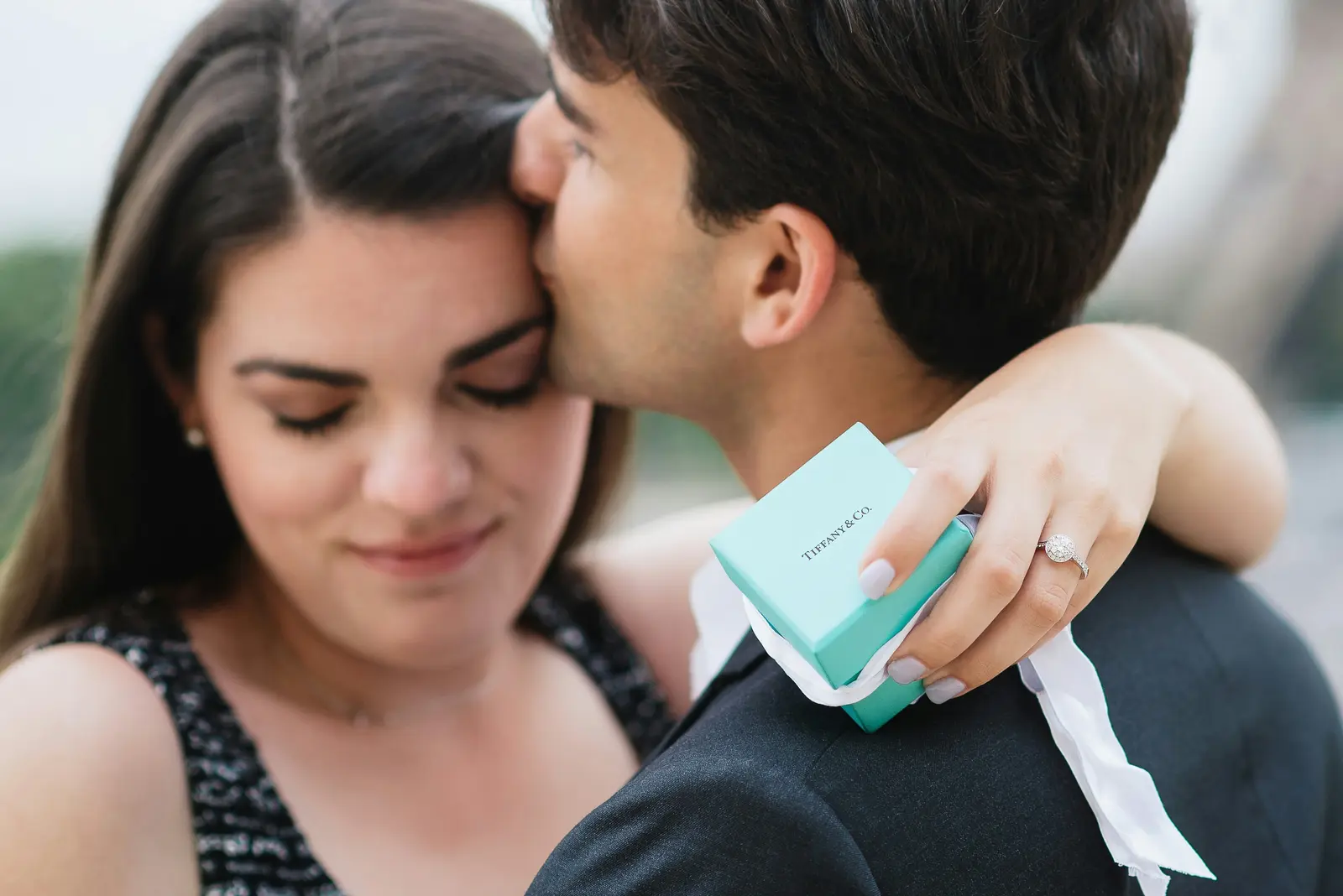
Tiffany & Co. built its brand around a sophisticated image and the celebration of love. Image via Unsplash
Despite its century-long success, Tiffany continues to evolve by partnering with celebrity icons, including Audrey Hepburn, Beyoncé, Kendall Jenner, and Rosé of the K-pop group BLACKPINK. These collaborations have kept the brand looking fresh and relevant while spreading awareness across generations.

Audrey Hepburn’s iconic scene in front of a Tiffany & Co. shop. Image via Cinema Sips
Tiffany & Co. also weaves in special moments and celebrations of love. In its "What Makes Love True" campaign, the brand encouraged its followers to share photos and videos of heartwarming moments with their loved ones on social media. The brand also installed in-store photobooths. This narrative successfully tied the expression of love to the brand.
Jordan
Nike Jordan was a partnership between Nike and basketball player Michael Jordan. Jordan was a rising star, and, seeing his great potential, Nike seized the opportunity to grow a brand that appealed to his loyal fan base.
For its first release, the brand introduced the Air Jordan in black and red—a design that raised some eyebrows and earned the basketball player a $5,000 fine every time he wore it to a game because it went against the standard NBA uniform rules. The design also features the Jumpman logo, showing the silhouette of Jordan mid-dunk.
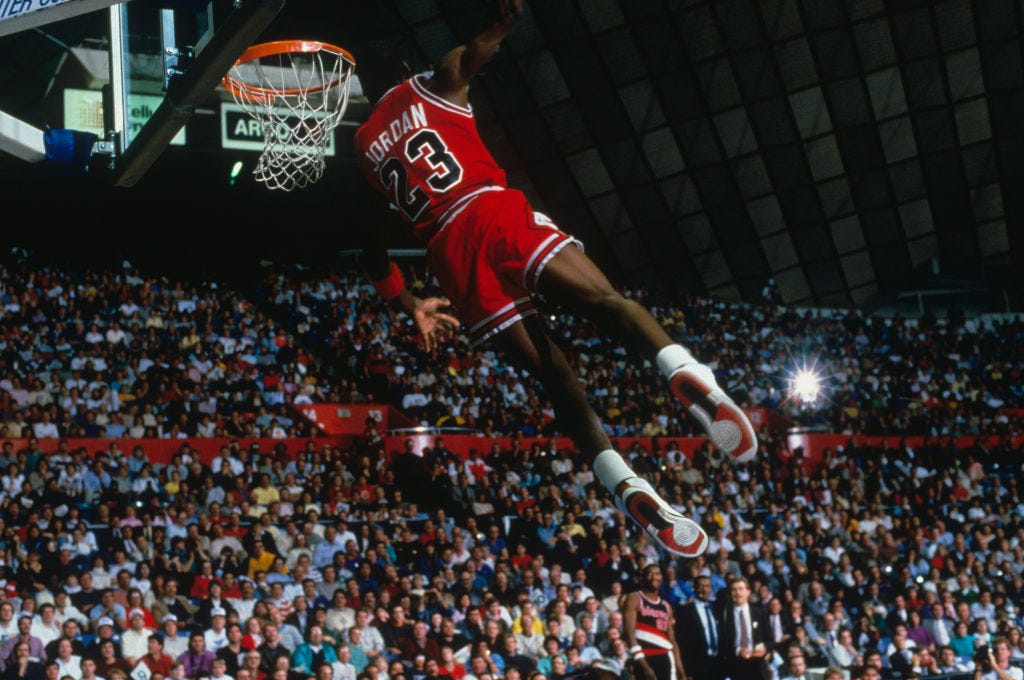
Michael Jordan, wearing the controversial Air Jordan 1, generated excitement among avid NBA and Nike fans. Image via Esquire
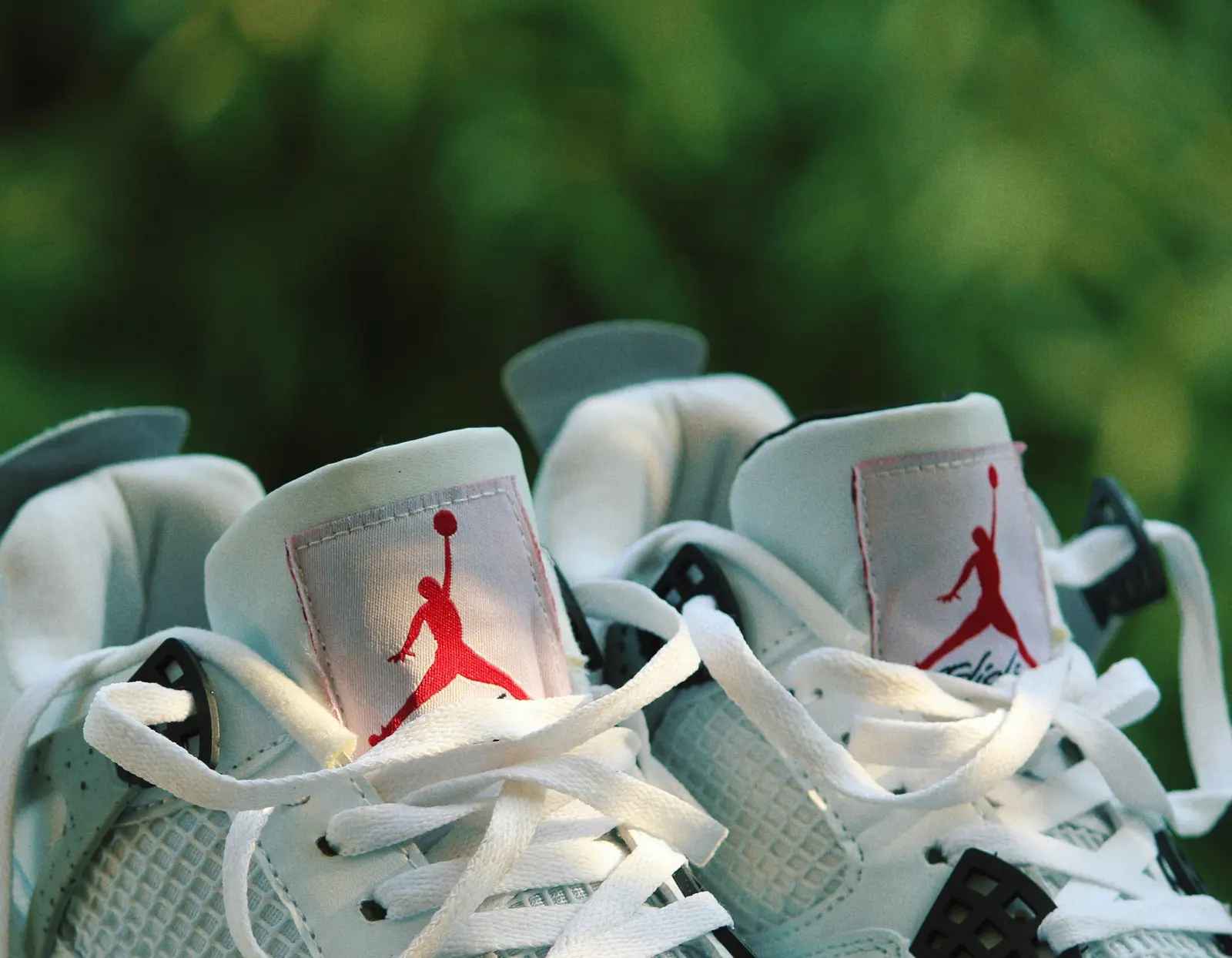
Jumpman logo via Unsplash
The brand's rebellious move intrigued fans and enticed them to participate. It was an effective brand awareness strategy! People who wanted to be like Michael Jordan bought their pair of Air Jordans, catapulting the brand to success.
Decades later, Jordan has expanded beyond its famous Air Jordan line to include apparel and other lifestyle products. But despite this expansion, it remained consistent in building emotional connections and empowering its customers through inspiring stories.
The Bottomline
American psychologist Dr. Robert Cialdini believes that to remain memorable, one must tap into the power of familiarity and emotion. The most successful brands achieve this by creating a strong visual identity, implementing marketing strategies that evoke positive emotions, and prioritizing the development of relationships. The goal of brand awareness is to become recognizable and trusted so customers will choose you over and over again.
That said, building and maintaining brand awareness is an ongoing effort. It requires consistently reinforcing your brand’s visual cues, emotional associations, and customer connections.
Ready to increase your business's brand awareness? Collaborate with top branding companies to help you achieve your goals.
Oct 2, 2025
